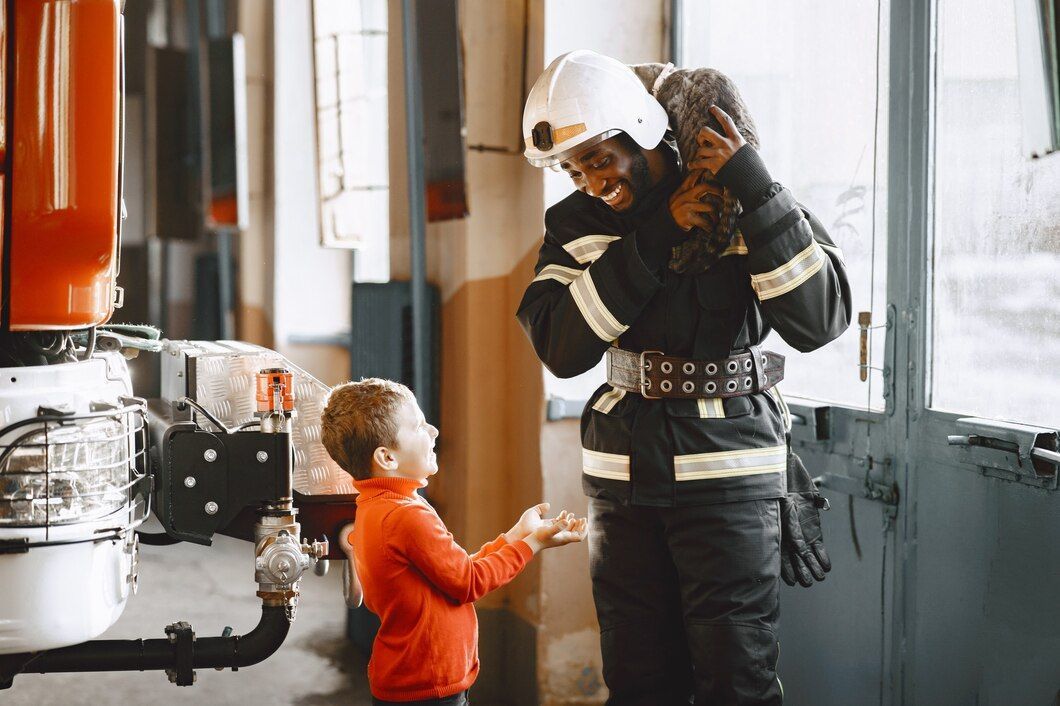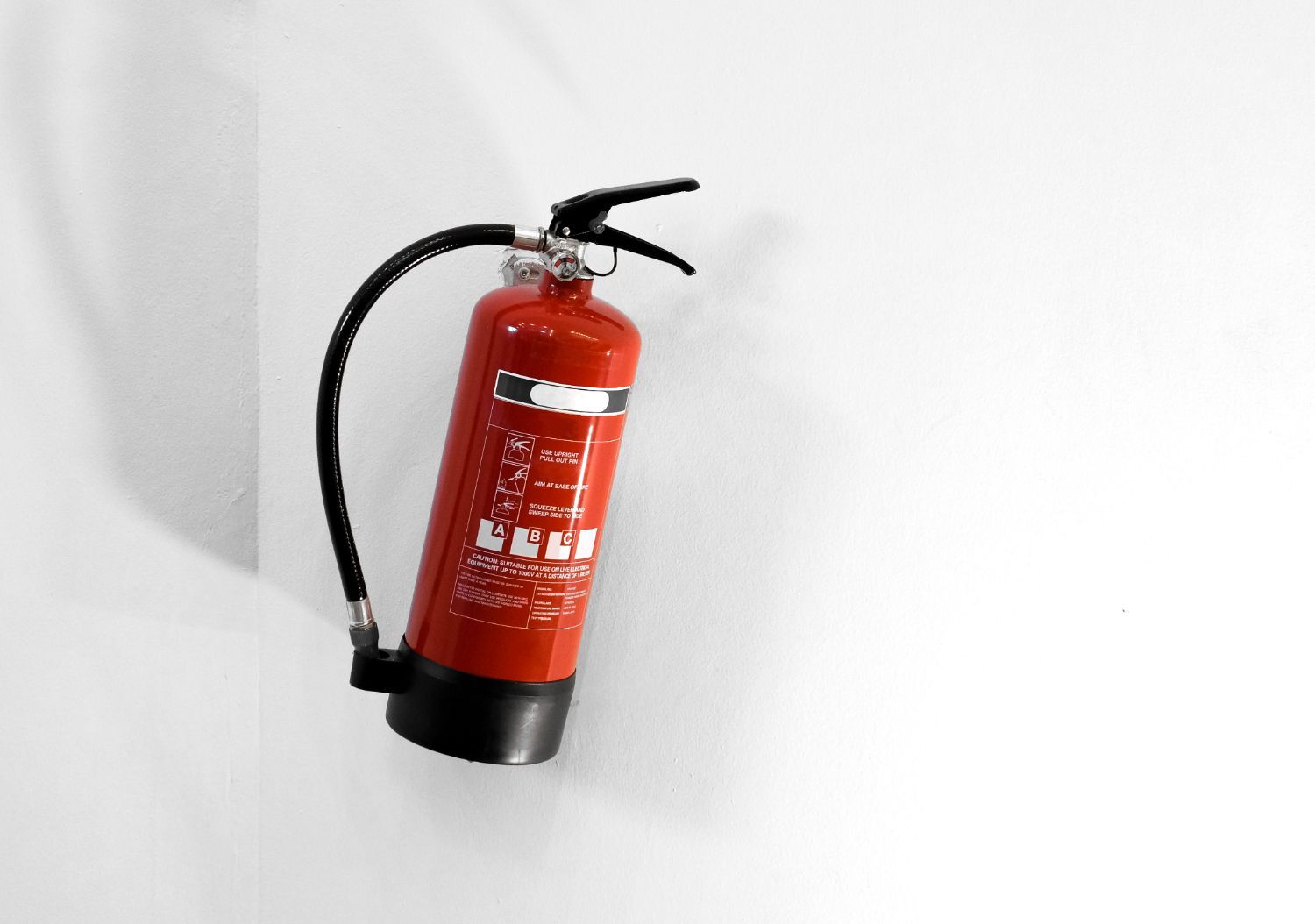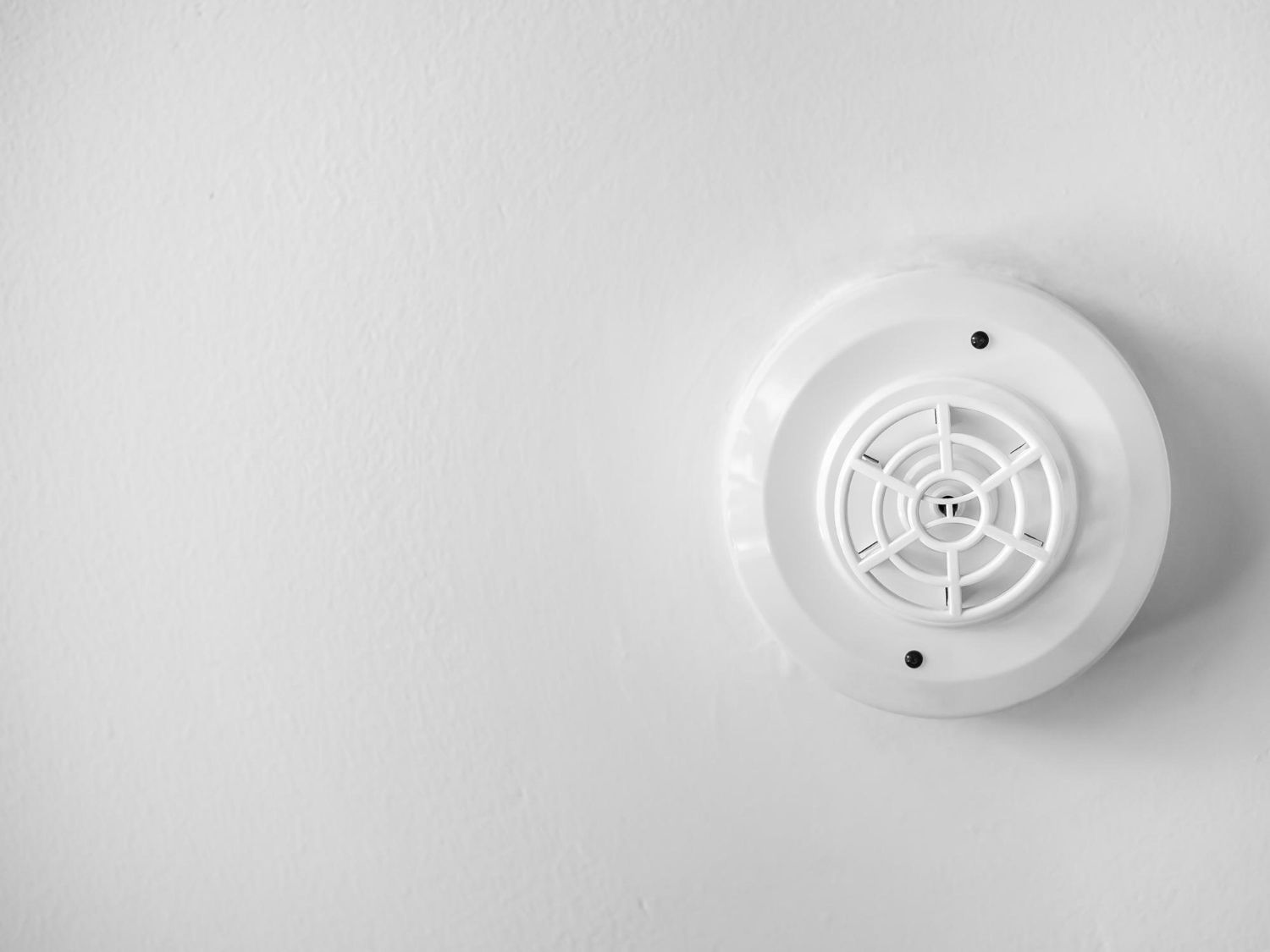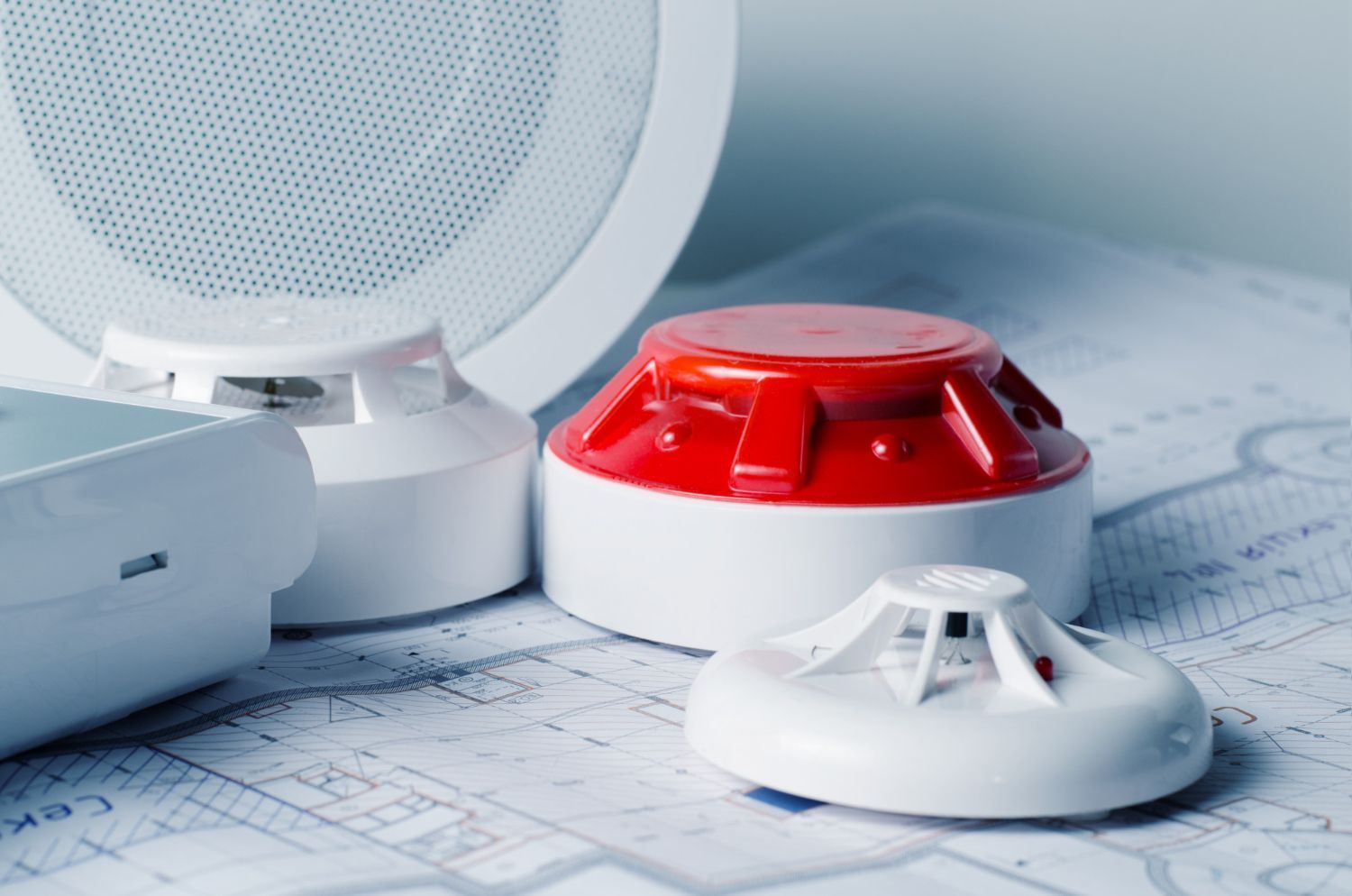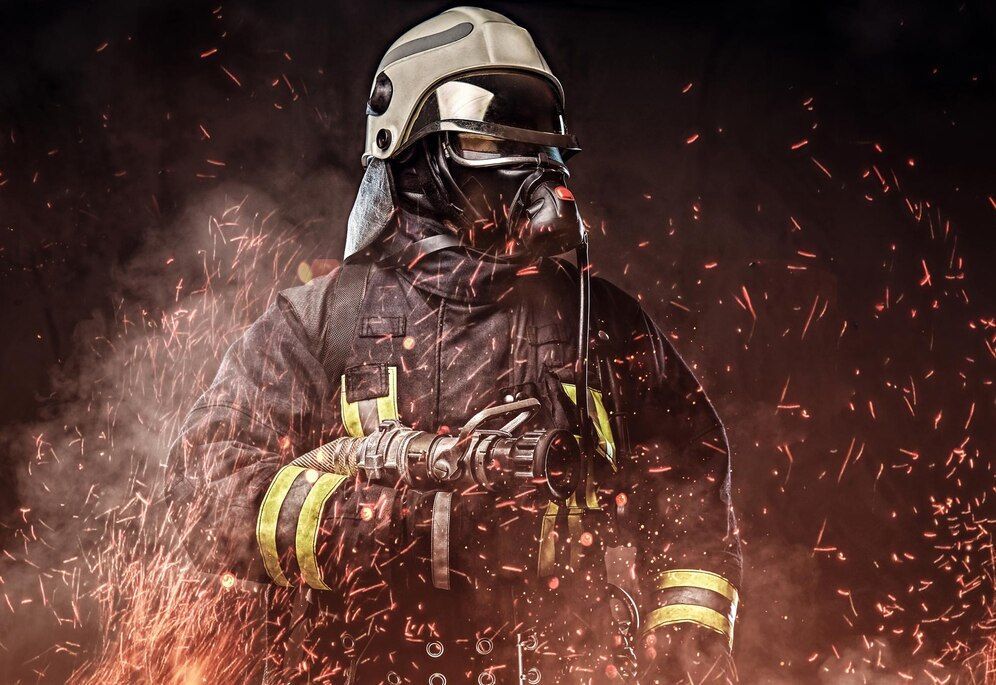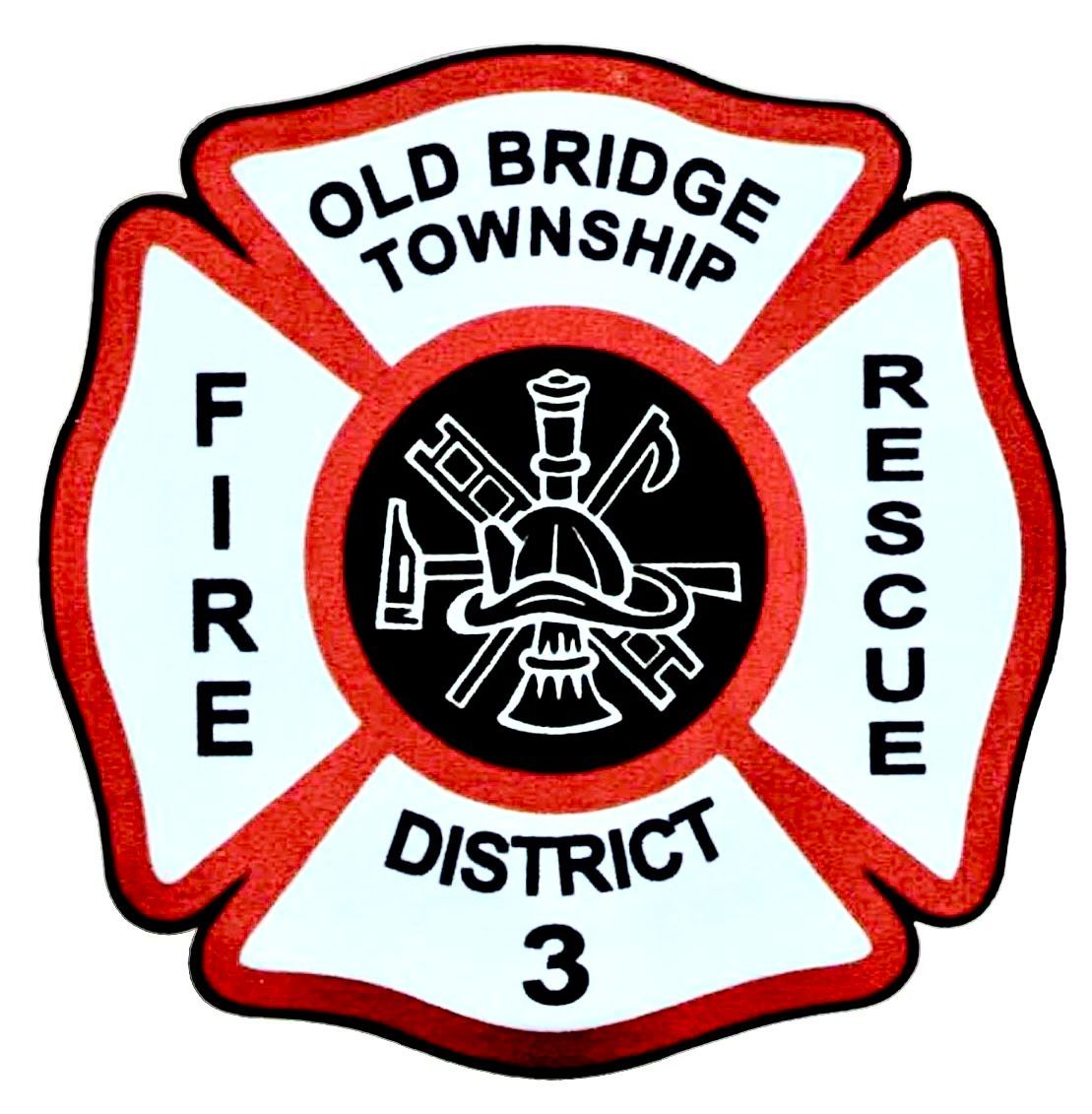Essential Steps to Creating a Home Fire Safety Plan for Your Family
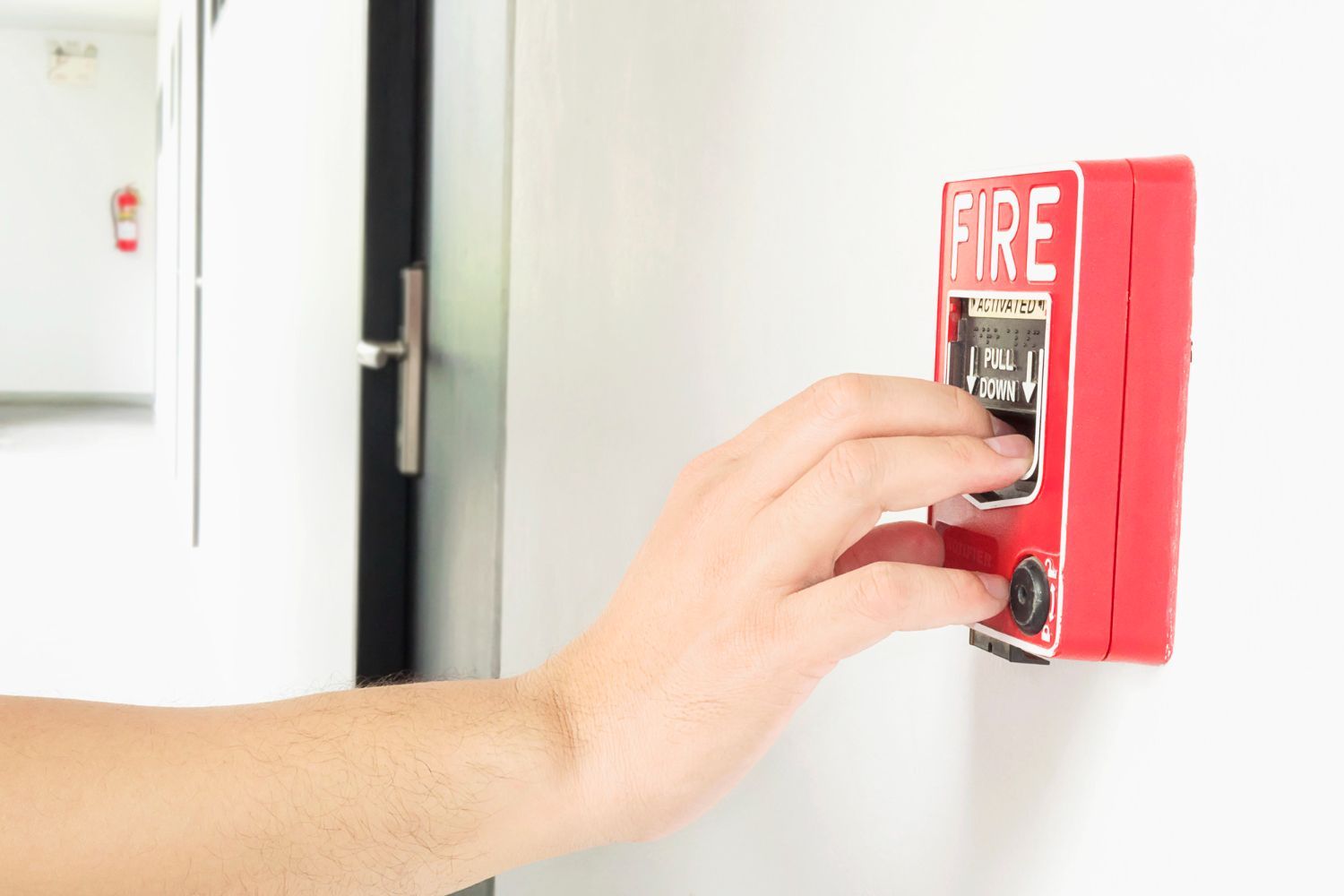
Fire is a powerful force that can wreak havoc in the blink of an eye. Within minutes, it can turn a safe haven into a catastrophe, leaving behind nothing but ashes and despair. However, as frightening as this scenario sounds, there are ways to prevent it from happening. One of the most effective methods is by having a well-prepared fire safety plan in place for your home. This guide aims to provide you with the essential steps needed to design a robust fire safety plan for your family.
Creating a home fire safety plan is not just about having a few fire extinguishers at hand. It's about knowing how to prevent fires, recognizing early signs of a potential fire, and knowing exactly what to do if a fire does break out. It's about having a set of action points that everyone in the family understands and can follow without panic or confusion.
So, let's buckle up and get ready to create a fire safety plan that could potentially save lives and property. We'll delve into everything from basic fire safety tips to detailed escape plans. By the end of this guide, you'll have a comprehensive understanding of how to keep your home and family safe from the devastating impact of fires.
Implementing a Home Fire Safety Plan: A Must-Do for Every Family
1. Identifying Potential Fire Hazards in Your Home
The first step in creating a home fire safety plan is to identify potential fire hazards within your household. Assess each room and look for areas or items that pose a risk:
- Electrical Hazards: Check for overloaded outlets, extension cords, or damaged wiring. Ensure electrical appliances meet safety standards and are properly maintained.
- Heat Sources: Inspect home heating systems, including fireplaces, furnaces, and space heaters. Keep flammable items away from heat sources and always turn off heating equipment when not in use.
- Kitchen Risks: The kitchen is a common location for fires due to cooking appliances and improper food preparation. Never leave cooking unattended, keep flammable materials away from the stove, and ensure all appliances function correctly.
- Storage Areas: Clutter and incorrect storage of flammable materials pose significant risks. Keep basements, attics, and garages free of excessive clutter and store flammable materials away from heat sources.
2. Implementing Preventive Measures and Home Safety Equipment
With potential hazards identified, implement measures to reduce fire risks and install essential safety equipment:
- Smoke Detectors: Install smoke detectors on every floor of your home and outside sleeping areas. Regularly test these devices and change their batteries at least once a year.
- Fire Extinguishers: Equip your home with appropriate fire extinguishers, particularly in high-risk areas such as the kitchen and garage. Familiarize yourself and your family members with their proper use.
- Carbon Monoxide Detectors: Install carbon monoxide detectors near bedrooms and on every floor of your home, ensuring early detection and preventing accidental poisoning.
- Escape Ladders: For multi-story homes, invest in escape ladders for upper-level rooms. Store them near windows and ensure your family members know how to deploy them during an emergency safely.
3. Designing Escape Routes and Establishing a Family Meeting Point
Planning escape routes is a vital component of your home fire safety plan:
Map Your Home: Create a detailed floor plan of your home, including doors and windows. Mark two exits for each room—one primary and one secondary.
- Establish Guidelines: Set guidelines for all family members during an emergency, such as crawling low under smoke, feeling doors for heat before opening, and closing doors behind them to prevent fire spread.
- Family Meeting Point: Designate a safe meeting spot outside where everyone can gather after escaping. This location should be away from your home and easily accessible for all family members.
- Practice Drills: Regularly conduct family fire drills to ensure everyone knows how to evacuate during a fire emergency. Conduct night drills to familiarize your family with navigating escape routes in low visibility.
4. Educating Your Family on Life-Saving Practices
Equip family members with knowledge on life-saving practices to follow in fire emergencies:
- Stop, Drop, and Roll: Teach family members the stop, drop, and roll technique to extinguish flames if their clothing catches fire. This practice can prevent severe injuries and save lives.
- Escape from Smoke: Ensure your family knows to crawl low under smoke when evacuating, as this is where the freshest air is available. Educate them on covering their noses and mouths with a wet cloth, if possible, to minimize smoke inhalation.
- Window Safety: Explain how to safely exit through a window if doors are blocked by fire. Teach family members how to check for heat before opening windows and how to escape using a ladder if necessary properly.
- Emergency Numbers: Ensure each family member knows crucial emergency contact numbers, including local fire departments and 911. Designate a remote contact person who can be called upon to help coordinate in case of an emergency.
Building a Safe Home for Your Family
Creating a comprehensive home fire safety plan is an essential step in safeguarding your family, home, and belongings. By thoroughly assessing potential fire hazards, implementing preventive measures, and educating your loved ones on essential safety practices, you contribute to a safer living space and promote a fire-conscious mindset within your household.
We encourage all residents in Fire District 3 to remain committed to preventing fires and protecting our community. With the help of Board of Fire Commissioners, Fire District 3, Township of Old Bridge and our wide range of
fire prevention services in New Jersey, we can create a secure environment where everyone can enjoy a sense of safety and well-being. Share this information with your friends, family, and neighbors to help keep our community aware of fire safety and always prioritize fire prevention measures at home.

